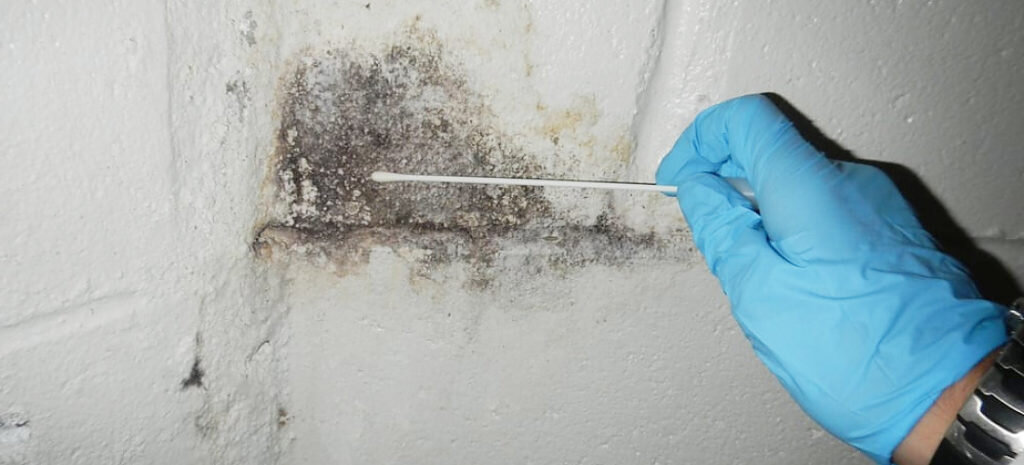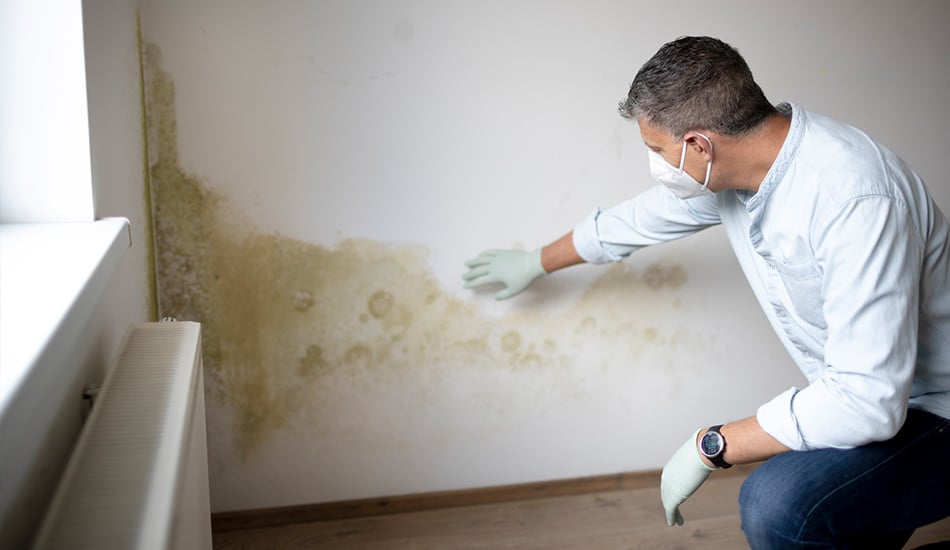Your Ultimate Guide to Article Mold Remediation Techniques
Browsing the world of post-mold remediation strategies is a meticulous procedure that demands focus to detail and a comprehensive understanding of the details involved. In the results of mold infestation, understanding just how to properly remove the mold and mildew and prevent its reoccurrence is critical for preserving a healthy indoor setting. From picking the appropriate cleaning and decontaminating approaches to implementing strategies for long-term mold and mildew avoidance, each action in the removal journey plays an important role in making sure an effective result. As we get started on this expedition of post-mold removal methods, we will discover the crucial techniques and best techniques that can help you recover your space to its pre-mold problem and guard it against future mold and mildew risks.
Understanding Post-Mold Removal Process
After completing the mold and mildew removal procedure, it is important to recognize the post-mold remediation techniques that are necessary to make certain a extensive and effective cleanup. As soon as the mold has actually been removed, the following action entails cleaning and sanitizing the influenced locations to avoid any type of regrowth of mold. This consists of utilizing specialized cleaning up agents to wipe down surface areas and eliminate any type of staying mold and mildew spores. It is necessary to dry out the area completely to dissuade the growth of mold in the future (what to do after mold remediation). Correct ventilation and dehumidification can help in this process.
Furthermore, performing a final assessment post-remediation is essential to make certain that all mold has been successfully eliminated. This inspection should involve a comprehensive visual check as well as possibly air sampling to confirm the absence of mold and mildew spores airborne. If the examination reveals any remaining mold and mildew, extra removal might be essential. Educating passengers on precautionary measures such as regulating dampness levels and immediately attending to any kind of water leakages can assist keep a mold-free setting.
Reliable Cleansing and Sanitizing Approaches

Protecting Against Future Mold And Mildew Development

Importance of Correct Air Flow
Correct ventilation plays a critical role in preventing dampness accumulation, a vital aspect in mold and mildew growth within indoor settings. Efficient air flow systems assist eliminate excess humidity from the air, reducing the possibilities of mold spores finding the moisture they need to spread and germinate. Without sufficient ventilation, interior spaces can become a breeding ground for mold, leading to prospective wellness dangers and architectural damage.
By making sure proper air blood circulation, ventilation systems can likewise assist in drying out damp locations faster after water damage or flooding incidents, better discouraging mold and mildew development. After mold remediation. In areas like washrooms, cellars, kitchen areas, and attic rooms where wetness levels have a tendency to be higher, mounting and keeping reliable ventilation systems is essential in stopping mold problems

Monitoring and Upkeep Tips
Offered the critical role that correct ventilation plays in protecting against mold and mildew development, it is imperative to establish efficient tracking and maintenance suggestions to make certain the ongoing capability of ventilation systems. Regular examinations of air flow systems ought to be conducted to inspect redirected here for any signs of obstructions, leaks, or breakdowns that can restrain correct air flow. Monitoring moisture levels within the building is also vital, as high moisture can add to mold development. Setting up a hygrometer can assist track humidity levels and sharp property owners to any kind of spikes that might require focus. Additionally, ensuring that air filters are on a regular basis cleaned up or changed is important for preserving the performance of the air flow system. Executing a schedule for routine upkeep tasks, such as duct cleaning and a/c system inspections, can aid stop problems before they intensify. By staying positive and mindful to the condition of ventilation systems, homeowner can properly mitigate the risk of mold and mildew regrowth and keep a healthy interior setting.
Verdict
Finally, post-mold removal strategies are vital for ensuring a risk-free and tidy atmosphere. Recognizing the process, executing reliable cleansing and sanitizing techniques, stopping future mold growth, keeping correct ventilation, and regular monitoring are all important steps in the remediation procedure. By complying with these guidelines, you can effectively get rid of mold and avoid its return, advertising a healthy living or working area for all residents.
In the after-effects of mold and mildew problem, recognizing exactly how to successfully eliminate the mold and stop its reoccurrence is paramount for maintaining a healthy and balanced interior setting. Once the mold and mildew has actually been eliminated, the next step entails cleaning and sanitizing the impacted areas to stop any kind of regrowth of mold - After mold remediation. After getting rid of noticeable mold and mildew growth, it is essential to cleanse all surfaces in the afflicted location to remove any continuing to be mold spores. To even more improve mold and mildew avoidance steps, it is important to deal with underlying concerns that at first led to mold growth.Given the essential duty that appropriate air flow plays in stopping mold development, it is necessary to establish effective tracking and maintenance pointers to make certain the ongoing capability of air flow systems